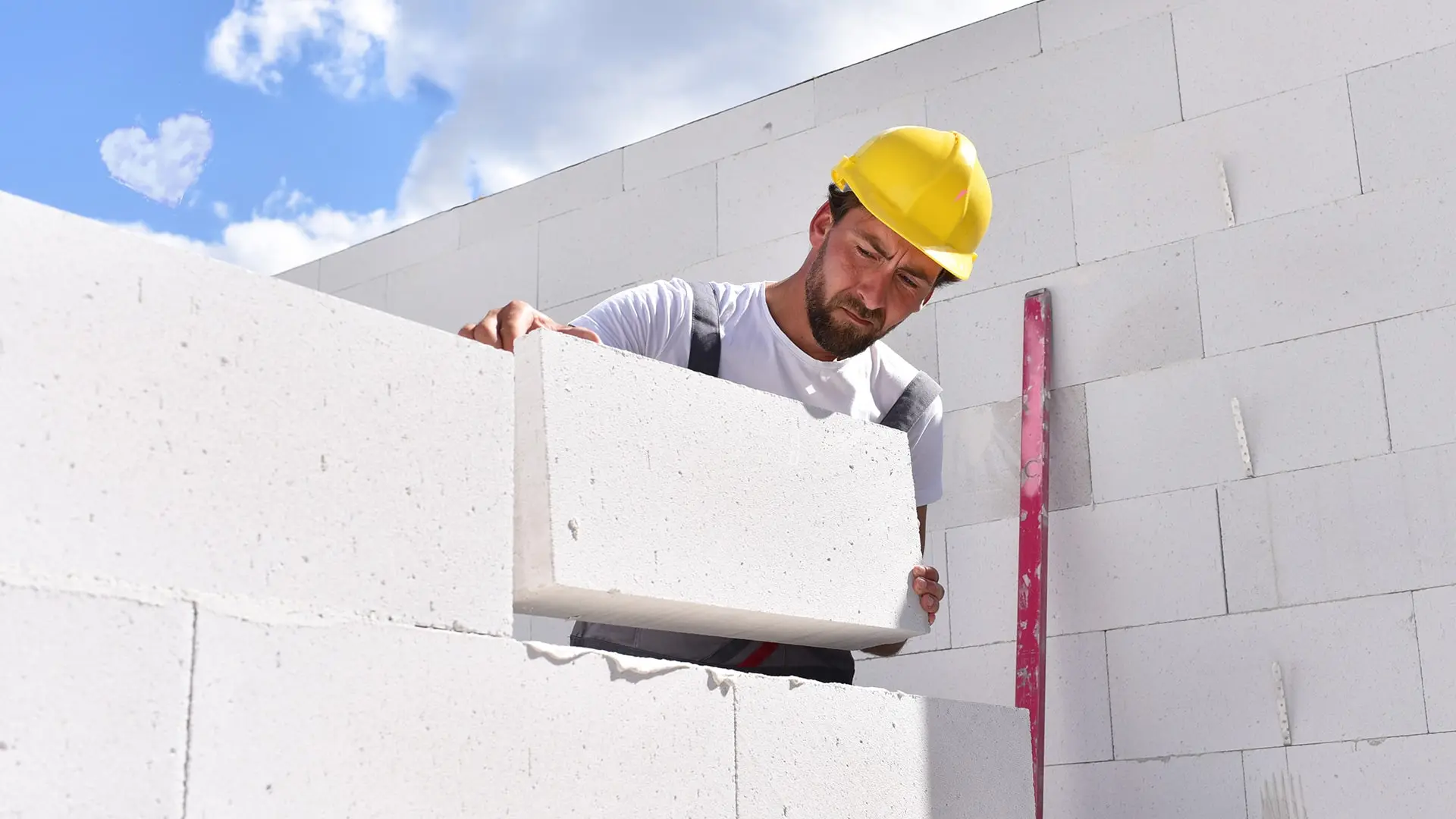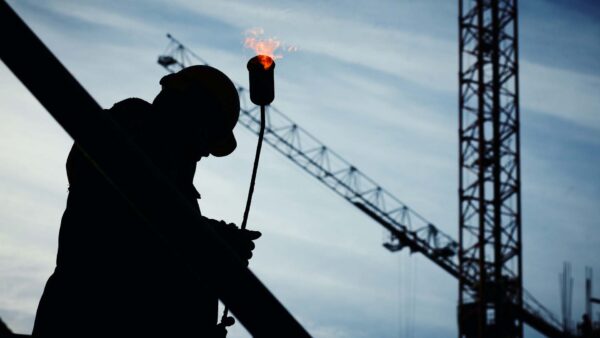Every business needs insurance, but your bricklaying and masonry business has unique coverage needs based on the kind of claims you are most likely to make. There are some things that can happen to any contracting business, like stolen tools and liability claims arising from injuries or damage that occurs on the work site. But what kinds of claims are most common for brick and masonry businesses like yours?
Keep it together
By far the most common claims for bricklayers are all related to injuries and property damage that occur when brick facing separates from the rest of the structure and collapses. Every bricklayer should go through extensive training on the proper use and positioning of brick ties (or wall ties), but it’s clear from the claims experience of our partner insurers that some still cut corners.
Collapses often happen years after the work is carried out. Some result from brick ties that are too far apart or improperly attached (shorter roofing nails etc.), and others are as the result of rust and corrosion related to moisture. Anti-corrosion standards for brick ties have improved in recent years, but improper installation continues to be a problem.
Common claim scenario
Your firm is contracted to install a brick veneer on a wood-framed house. A junior employee finds himself short on brick ties, but wants to finish the job. He decides to space out the ties more than he was taught, to make sure he doesn’t run out. He’s sure nobody will notice, and he’s right. The wall he’s working on is completed and nobody is the wiser. 12 years later, that wall collapses during a windstorm, causing substantial damage to the building, and also to the homeowner’s sports car, which happens to be parked in the driveway at the time.
- Repair to the home: $75,000
- Repair to the car: $12,000
- Total claim: $87,000
Tips for avoiding claims
Given that wall ties are the primary cause of claims, the best way that you can protect your business from claims, and the premium increases that surely follow, is to:
- Only use ties and fasteners that meet or exceed standards for corrosion resistance
- Only use ties approved for the given application (e.g., don’t use corrugated ties for commercial construction)
- Conduct extensive training of every employee on the proper placement and installation of ties
- Ensure that senior staff supervise all work
Homes built today are expected to last for a minimum of 50 years, and so you need to install veneers that are made to last at least that long.
Bricklayers insurance usually includes coverage for:
- General liability (protecting your business from legal action against you) Learn more
- Tools and equipment (if they are damaged, destroyed or stolen) Learn more
Other coverage to consider:
- Commercial Auto Insurance – Make sure you have a commercial auto insurance policy for any vehicles owned by the business, and let your personal broker know if you use your own personal vehicle for work.
- Commercial Property Insurance – You need this coverage if your business has a physical location, to protect the building and anything you keep inside.
Learn more about Bricklaying/masonry contractor’s insurance
[Our thanks to Joanne Carmody from Travelers Canada, one of our trusted contractors insurance partners, who agreed to share her expertise for this piece.]
Looking for contractor insurance?
Speak with a Mitch Insurance broker today to get a quote on Ontario contractor insurance. Learn more >
Call now
1-800-731-2228








Your expertise is impressive! We implemented many of the techniques you mentioned in our build last year, and the results were fantastic. Your resources are invaluable.